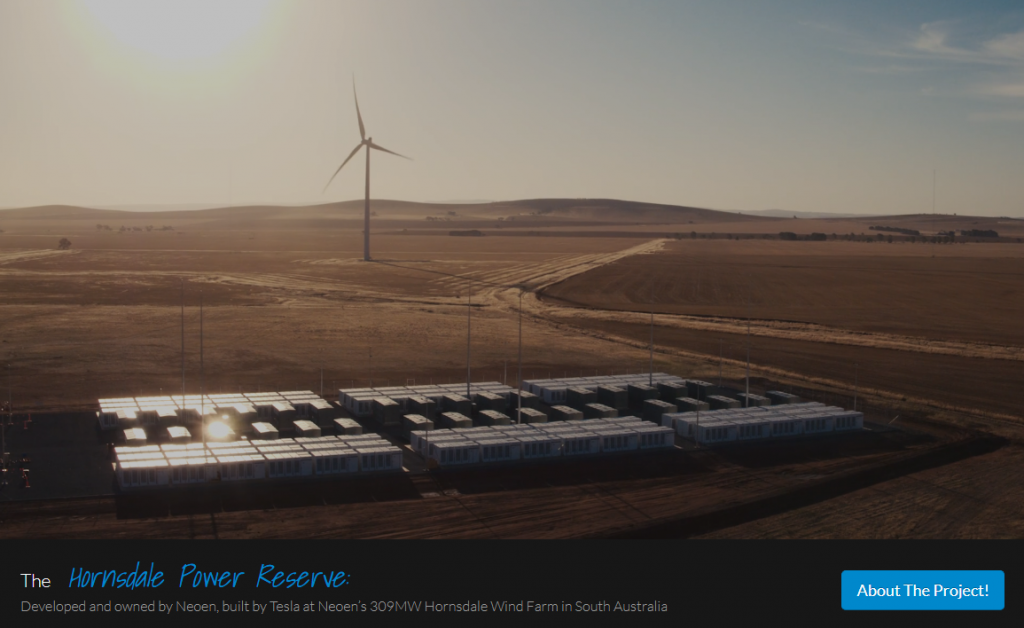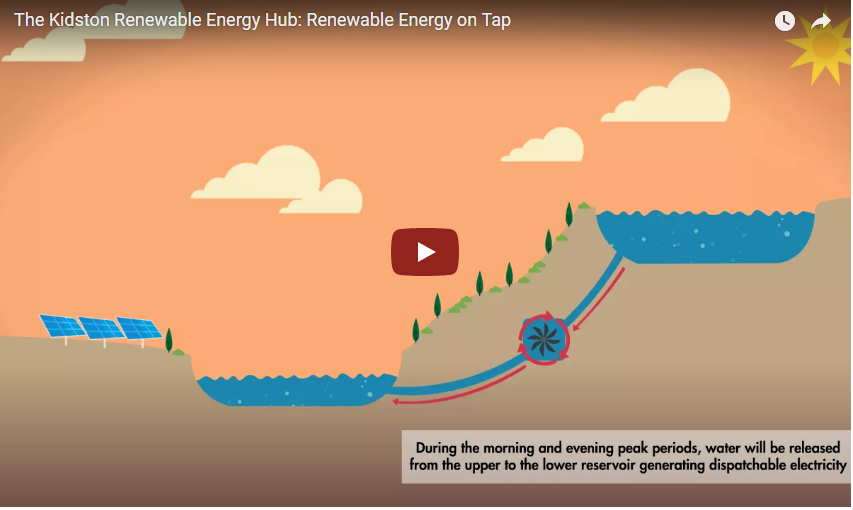Energy Storage: is the best option already under your feet?
While batteries are all the rage and pumped hydro has potential, our nation has a massive, existing storage network that can be utilised without the hefty infrastructure costs. In a two part series over the next fortnight, we look at Australia’s energy storage options.
Battery storage seems to be the contemporary “must-have” in a range of new energy technologies. There is a long history of “must-have” kit promising to improve modern life, ranging from refrigerators, to the original radio wireless, to television, to smart phones, current wireless (the internet version), air conditioning, solar panels and now home energy storage. We are all trying to keep up with the battery powered Joneses!
Options for energy storage and security in the home
A wide range of home batteries are on the market differing in storage capacity, continuous and peak power output, warranties and, of course, cost. A key driver for residential batteries is the desire to store for later use solar PV generated electricity. Many states had premium feed-in tariffs that allowed customers to sell their excess electricity to the grid. Those premium feed-in tariffs have mostly ended now, with tariffs dropping to reflect wholesale electricity prices. Customers now prefer to store their “free” energy for use later during the day when solar PV panels are not generating electricity. According to calculations by Gizmodo[1], present commercial benefits of residential batteries are questionable. The figures suggest that the cost of electricity from batteries (estimated at 50c /kWh) is higher than the cost of electricity supplied through the network. The capacity of batteries to provide only a few hours of energy to homes means that most of the time, they are still connected to the network to ensure secure flow. Nonetheless, governments are incentivising battery uptake. The ACT government is supporting battery installation for 5,000 homes and business, with expectations for batteries to provide 36 MW of storage. In South Australia, the intention is to create a 250 MW “virtual power plant” linking rooftop solar PV and batteries for at least 50,000 households[2].
Gas provides an alternative option for home storage of energy. The common reference point of gas storage is the familiar LPG cylinders featured at home BBQs. A typical [3] 9kg gas cylinder contains around 417MJ of energy. These are not practical for home use as energy requirements are too large at an average of 33,000 MJ of gas per annum. This translates to several days of energy storage and requires gas cylinder changeovers twice a week[4]. The general cost for this energy is $72/ GJ or 26 c/kWh-eq. For home use, and in areas without gas networks, larger cylinders are available.
Unbeknown to many, the gas network itself is a colossal energy storage device. The gas mains connecting suburbs are rated at pressures up to 1,050 kPa (although most networks operate below this figure). This pressure is reduced at the gas meter[5] connecting the mains to the plumbing inside the home. The higher pressure transports the gas through the network but has the added benefit of supporting gas repository. Storage in the gas network provides approximately four days of supply. This inherent storage does not require additional infrastructure and does not incur additional costs.

| Technology | Cost range | Energy storage |
| Residential battery | Approx 50c/ kWh | 1 to 3 hours |
| Network electricity | 21 to 28 c/ kWh[6] | NA |
| LPG bottled gas (9 kg) | 26 c/ kWh | 3 to 4 days |
| Network gas | 11 to 18 c/ kWh | Approx 4 days |
Table 1: Options for energy to the home
There are viable household energy storage options that offer a range of capacities at varying costs.
Energy storage at the utility scale
Energy storage is becoming more topical, mostly as part of a strategy to manage ongoing variable generation.
The media has to-date been focused on very large scale battery storage (such as Tesla’s South Australian project) and hydro power (e.g. Snowy Hydro 2).
Batteries
SA’s Hornsdale battery was launched in December 2017 and is currently the largest electric battery in Australia. With 129 MWh of storage, this is a major piece of infrastructure and is roughly equivalent to 10,000 residential sized batteries. If used only for storage, it would provide one hour and 18 minutes of storage for 50,000 homes. However, the value of this battery is more than storage. It is linked to the Hornsdale wind farm and as such, manages fluctuation in variable generation to secure reliability of supply, as well as providing frequency control services.

Hydro power
Pumped hydro also offers energy storage. Origin Energy is considering upgrading its pumped hydro plant in Shoalhaven. The existing plant is being used during peak times, then refilled at night with off-peak, mainly coal-fired power. At full capacity, the plant can generate power for up to 28 hours at 240 MW and effectively provides 6,720 MWh of energy storage.
Other large scale pumped hydro plants proposed in Australia include the Kidston project by Genex Power, which has a capacity of 8 hours of generation at 250 MW, or a storage capacity of 2,000 MWh.
Snowy 2.0 is designed with exponentially higher storage capacity – 350,000 MWh. However, this comes at a hefty price. Estimates project between $4-$5 billion for the hydro upgrades and an additional $2 billion for new transmission lines.

While these projects are worthy and exciting, gas provides an alternative option for energy storage without the need for expensive new infrastructure.
Next week, we look at those alternatives more closely.
[2] http://energylive.aemo.com.au/Energy-Explained/Battery-storage-charges-ahead-in-2018
[3] http://www.elgas.com.au/swapngo/camper-bbq-gas-bottle-cylinder-sizes-dimensions-9kg-4kg-refill-price
[4] However, in periods of high demand (eg winter) it is likely that gas cylinders will need to be replaced more regularly, possibly even more than once per day.
[5] Actually the gas meter assembly consists of numerous parts. The pressure is reduced in the ‘regulator’ part of the meter assemble and this gas – at close to atmospheric pressure – is then measured in the metering component of the meter assembly before it enters the gas lines of the home.
[6] Energy Networks Australia (2017), Reliable and clean gas for Australian homes, accessed from www.energynetworks.com.au
